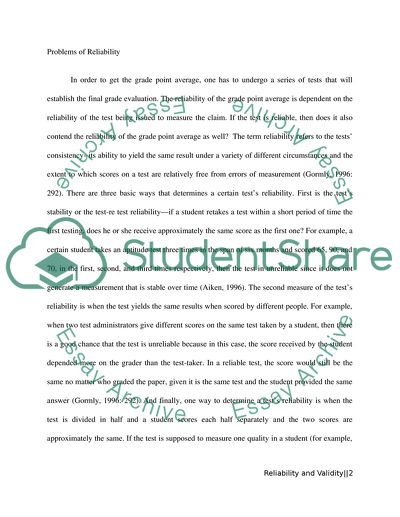Cite this document
(Problems on Validity and Reliability: Measuring Intelligence in terms Assignment, n.d.)
Problems on Validity and Reliability: Measuring Intelligence in terms Assignment. Retrieved from https://studentshare.org/education/1735038-validity-and-reliability
Problems on Validity and Reliability: Measuring Intelligence in terms Assignment. Retrieved from https://studentshare.org/education/1735038-validity-and-reliability
(Problems on Validity and Reliability: Measuring Intelligence in Terms Assignment)
Problems on Validity and Reliability: Measuring Intelligence in Terms Assignment. https://studentshare.org/education/1735038-validity-and-reliability.
Problems on Validity and Reliability: Measuring Intelligence in Terms Assignment. https://studentshare.org/education/1735038-validity-and-reliability.
“Problems on Validity and Reliability: Measuring Intelligence in Terms Assignment”, n.d. https://studentshare.org/education/1735038-validity-and-reliability.


